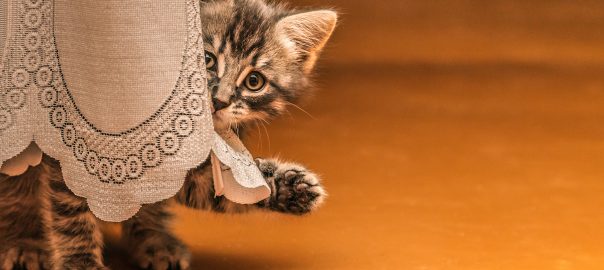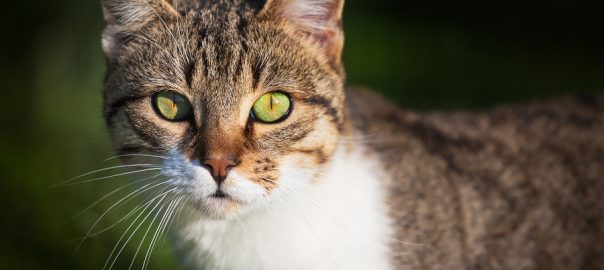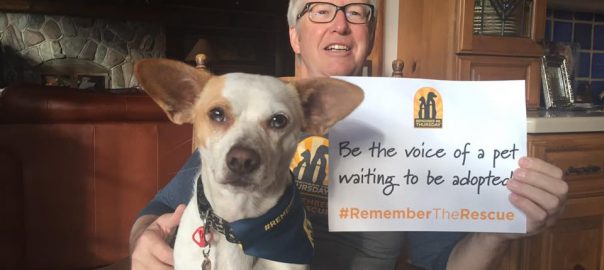Because destructiveness in pets can have a medical as well as behavioral side, I teamed up with my daughter, trainer Mikkel Becker, to help this reader out with her rampaging cat.
Q: My cat lives to tear up my stuff. She’s always scratching the furniture, eating houseplants and knocking things off shelves. She’s 2 years old and has lots of toys. Help!
A: With their sharp claws and teeth and active curiosity, cats — especially young ones — have the potential to be destructive. They exercise paws and claws on prominent pieces of furniture; taste-test plants (and then upchuck the greens); and bat a paw at that knickknack your Aunt Ruby gave you just to see what will happen. Sometimes cats are just being cats, but often a little sleuthing will help you figure out why they behave in destructive ways.
Consider setting up a “cat cam” to see what goes on when you’re not at home. It can help determine what time of day your cat is most active or if something’s going on that triggers her destructive behavior. You may discover that another pet chases or teases her, causing her to jump up where those breakables are, or soothe her injured feelings by scratching the sofa or nibbling on a plant.
She may not find her toys entertaining enough. Offer new ones with brainteaser capabilities. A window perch with a view of squirrels and birds outdoors is another option. Institute three to five minutes of playtime with her a couple of times a day. She’ll enjoy the attention as well as the physical and mental exercise. Place a tall cat tree next to the item she enjoys scratching, and reward her with treats and praise for using it.
A veterinary exam may be in order. Cats who eat plants or lick or chew fabric or carpet may have a gastrointestinal disorder. If she gets a clean bill of health, you may just have to give her time to outgrow her youthful enthusiasm.
Read more, including updates on pet cancer, in this week’s Pet Connection!




